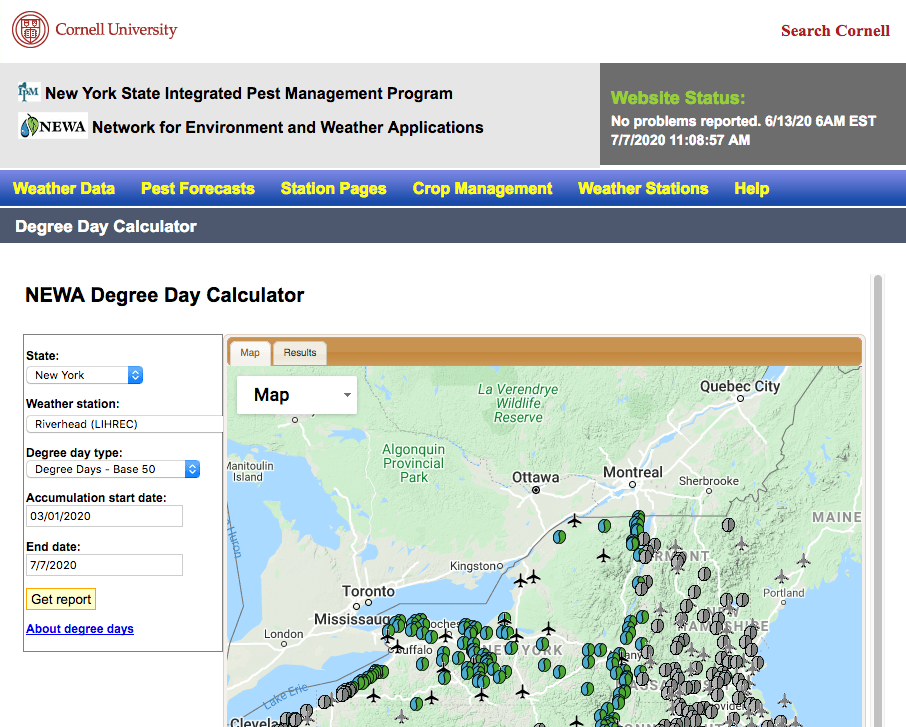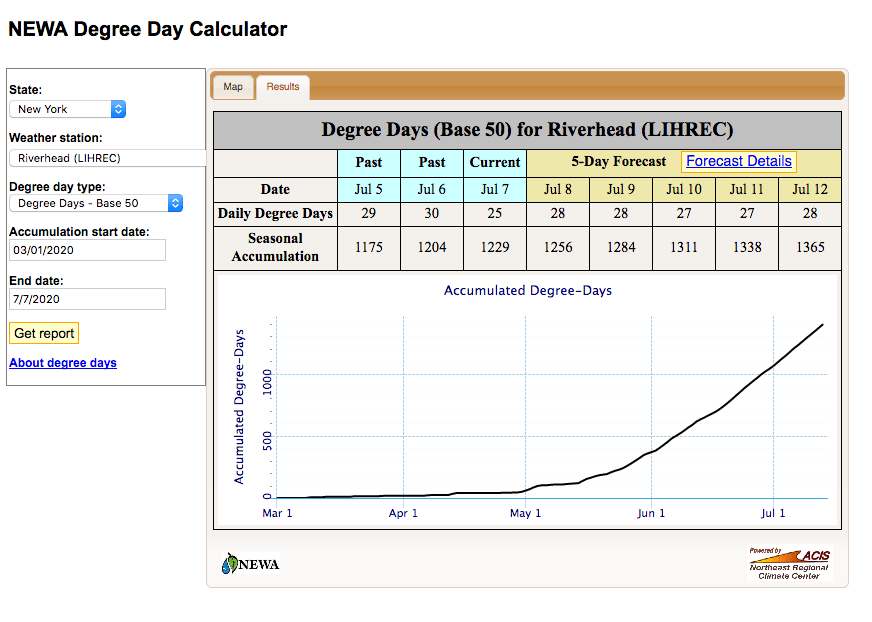Christmas tree IPM update 7.14.20
Another question and a comment- yeah! And a comment from me, too! Or maybe 2!
I just participated in a community conversation on biosecurity. The organizer has been working on it in animal systems but I didn’t really know what it meant – so I had to learn that before I could present. It is amazing how similar the requirements are – in general, not the specifics – in both animal and plant systems so the program was pretty interesting. Here’s the organization website and I will send out the recording when it is done. https://www.healthyagriculture.org/ I am interested in the concept of crisis planning – now that we have been forced to deal with one, what advance planning would have been helpful? Several documents that relates to pork or animal production but have some relevance – just to start the thought process.
Farm Crisis Operations Planning Tool https://library.pork.org/media/?mediaId=039D5802-DB5C-448E-9A37774AE5A98786
Risk communication – https://www.healthyagriculture.org/detect/risk-communication/
Crisis communication – https://www.healthyagriculture.org/respond/crisis-communication/
Someone who gets my emails remarked that hand picking really helped with the Japanese beetles pretty quickly. And there is even research! https://extension.unh.edu/blog/spotlight-research-can-hand-picking-japanese-beetle-really-help and information on why you should do it in the evening!
So what is Bt (and why I should remember not to use the initials). Bt is Bacillus thuringiensis – a bacterium found in the soil that produces a toxin in the stomachs of insects that feed on it (http://www.bt.ucsd.edu/how_bt_work.html) It has been adapted for use as a pesticide and is often good at controlling young larvae of moths and caterpillars (like gypsy moth) and other insects. There are specific Bt’s for specific pests. https://ag.umass.edu/landscape/fact-sheets/bacillus-thuringiensis-bt In the Tree and Shrub Guidelines, for example, there are listings for aizawai for some caterpillars, galleriae for beetle adults or grubs, kurstaki for young instars of caterpillars, and tenebrionis for elm leaf beetle. It is considered a ‘soft’ pesticide but can be very effective if you get the correct one and apply to the correct size of insect
And last but not least…
I learned from Parade Magazine – and excellent resource (?) – that Taylor Swift’s first job was pulling praying mantis egg cases out of Christmas trees in PA. Maybe she would come and talk to CTFANY! Good IPM and good customer service!
Have a great week!



